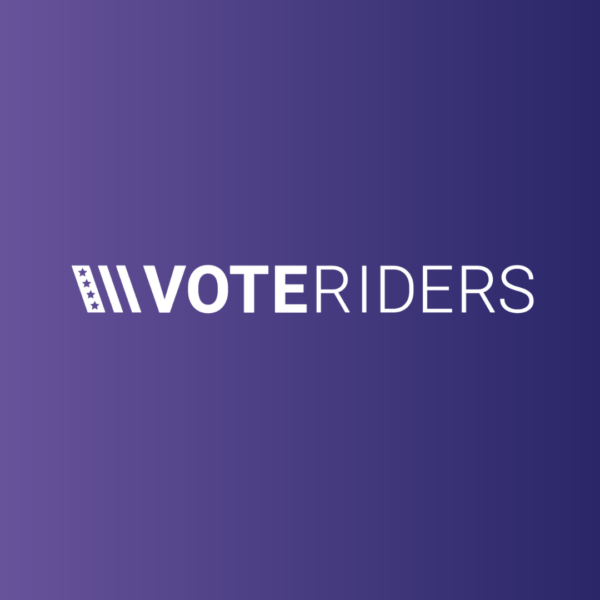
MILWAUKEE JOURNAL SENTINEL: Wisconsin voter ID law still causing confusion, stifles turnout in Milwaukee, voting advocates say
BY MOLLY BECK & RACHEL HALE, MILWAUKEE JOURNAL SENTINEL — SEPTEMBER 4, 2024
Nearly a decade ago, Wisconsin traded its designation as one of the easiest places to cast ballots for stricter voting rules that set off a still-ongoing debate over voter access.
The implementation of a state law that requires voters to show photo identification increased ballot security, Republican authors argue, but the side effects have disproportionately hit Black voters in Milwaukee who are more likely not to have a photo ID and less inclined to seek one than their white peers, experts and advocates say.
“You don’t realize the effect it has on you until it happens to you,” Anita Johnson, who has spent the last eight years helping Milwaukee voters navigate the state’s voter ID law, said in an interview. “And then you’re like, ‘Do I want to go through this? I mean, is this really worth it?’ It really stops people from voting.”
The Milwaukee Journal Sentinel in 2024 is examining the experience of Black voters in the state’s largest city, exploring issues that affect turnout. The reporting is supported by a grant from the Pulitzer Center.
Since the state’s voter ID law survived a number of legal challenges and went into effect for the 2016 presidential election cycle, a host of studies and advocacy groups have popped up to study and help voters navigate the law.
Their findings show a drop in accessibility that began in 2012, when Republicans took control of state government, and accelerated after the voter ID law became practice.
“It’s a small factor compared to not liking the candidates or not caring about the outcome,” said Barry Burden, a political science professor at the University of Wisconsin-Madison and director of the Elections Research Center. His university colleagues published a 2017 study on the effect of the law.
“But many thousands of people would have named (the law) as their primary barrier for not participating.”
The study by UW-Madison political scientist Ken Mayer, who did not respond to interview requests, concluded 16,800 to 23,250 voters in the two counties with the highest number of Democratic and Black voters — Dane and Milwaukee counties — did not vote in the 2016 election because of the state’s voter ID law.
Key portions of those surveyed said they did not vote because they did not have ID that would allow them to, or did not believe the IDs they had could be used under the voting law. The study found the ID law disproportionately affected Black voters and low-income people.
Those who work to help voters navigate the law say confusion over its rules persists more than a decade after the law was signed.
Republicans who championed the law say it has provided a needed level of voting security and downplay the confusion characterized by the law’s opponents.
Photo ID law has added new layers to voting process
Under Wisconsin’s law, voters must present a driver’s license, state ID, passport, military ID, naturalization papers or tribal ID to vote. A student ID is acceptable only if it has a signature and a two-year expiration date.
Those who do not have an acceptable ID can cast a provisional ballot that will be counted only if they return with the proper ID within a few days of the election.
To obtain a state ID card, voters must complete an application at a DMV customer service center, where they are required to provide proof of name and birth (through a birth certificate, passport or certificate of naturalization), Wisconsin residency, U.S. citizenship and their Social Security number.
Johnson, who worked in the past with voter access advocacy group VoteRiders and now helps train others to help voters, said she has likely helped more than four dozen people get a photo ID since the law went into effect.



